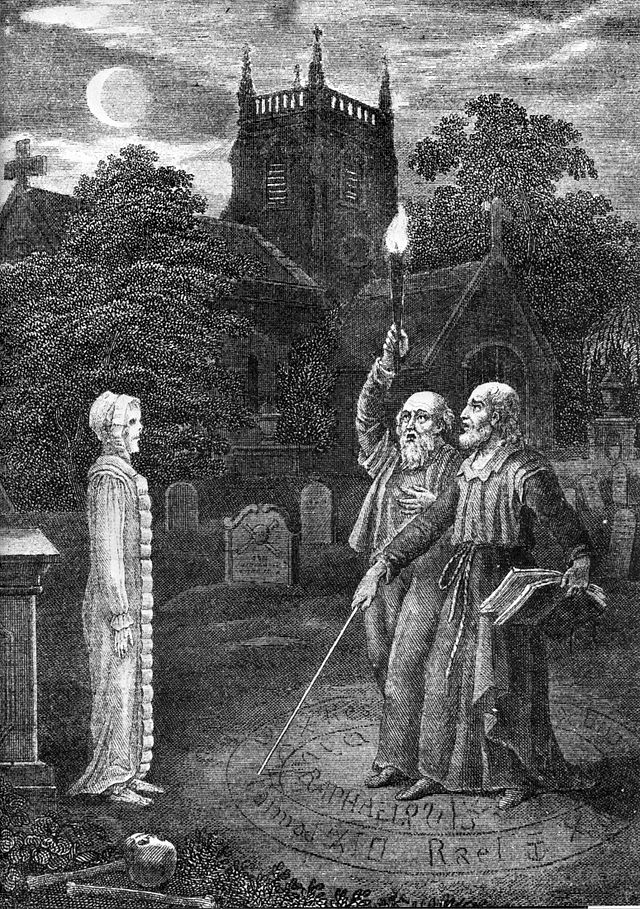Artes_prohibitae
Artes prohibitae
Types of Magic.
The seven artes prohibitae, or artes magicae, are arts prohibited by canon law as expounded by Johannes Hartlieb in 1456. They were divided into seven types reflecting that of the artes liberales and artes mechanicae.[1]

The categories were nigromancy, geomancy, hydromancy, aeromancy, pyromancy, chiromancy, and scapulimancy.[1] The division between the four elemental disciplines (viz., geomancy, hydromancy, aeromancy, pyromancy) is somewhat contrived. Chiromancy is the divination from a subject's palms as practiced by the Romani (at the time recently arrived in Europe), and scapulimancy is the divination from animal bones, in particular shoulder blades, as practiced in peasant superstition. Nigromancy is distinguished from scholarly high magic derived from High Medieval grimoires such as the Picatrix, Liber Juratus Honorii, and Liber Razielis Archangeli.